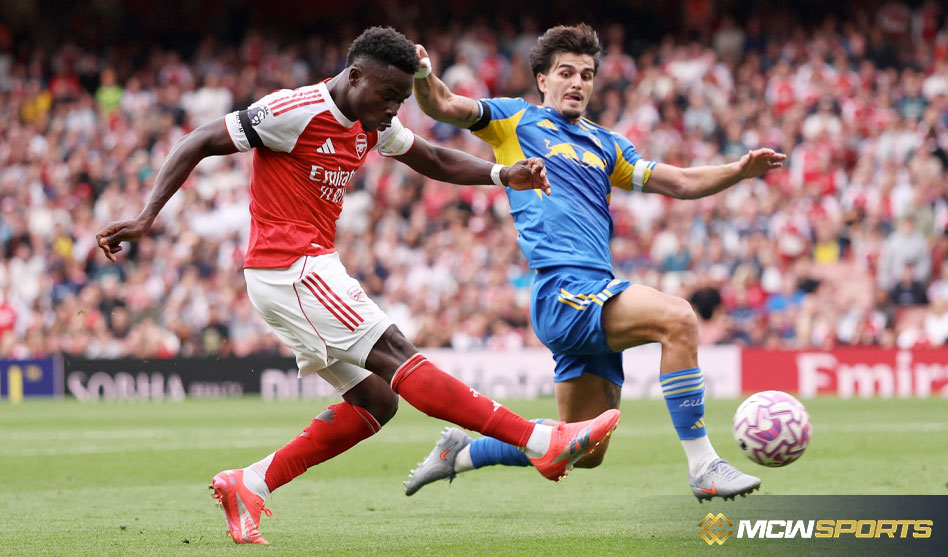After a grueling 63 games in the previous season, Liverpool’s medical staff had their work cut out for them managing the team’s fitness, especially because 45 of those games were played with an average of three to four days of recovery.
Liverpool’s performances and results in the early going this season have been damaged by injuries to senior team members, forcing them to play catch-up with their closest title rivals Manchester City.
In recent years, both teams’ seasons have been severely hampered by the absence of major players. Aymeric Laporte had a knee injury early in the 2019–20 season, and City found it difficult to replace him, which allowed Liverpool to easily win the league.
Similar to how Virgil van Dijk’s anterior cruciate ligament injury in 2020–21 marked the start of Liverpool’s unexpected downfall, City reclaimed the Premier League trophy with little competition elsewhere.
Due to the extraordinary placement of the 2022 World Cup in Qatar between two domestic campaigns, the issue is even more important this season. The Premier League implemented the five-substitute limit this season, for example, in an effort to address this, although squads are still likely to be overloaded.
Unsurprisingly, team performances on the field are impacted by an increase in injuries. Lower injury rates were connected to higher points-per-game ratios in European leagues, according to an 11-year Swedish study.
Although it is not an exact science, there is a clear pattern when Liverpool’s total squad days lost due to injury are compared to their final point total during the past six seasons. During the 2020–21 season, Klopp’s team wasted 1,697 days as players disappeared one by one in a disastrous championship defense that saw them finish 30 points behind where they had finished the previous year.
Their biggest point totals, in contrast, have typically occurred in seasons with a better injury track record, particularly in 2018–19, 2019–20, and 2021–22. There is no chance behind this.
Liverpool has experienced 190 distinct injury incidents between 2018–19, with muscle injuries making up 35% of their total injuries, the highest percentage of any injury kind during that time.
Since 2018–19, City has sustained 160 distinct injuries, 30 fewer than Liverpool did over the same time period. Muscular injuries continued to be the most common injury category, totaling up 32% of all injuries inflicted on City.
For a muscular injury, Liverpool’s average stay on the sidelines was 28 days, or four weeks away. In the same time frame, City saw an average recovery time for muscular injuries of 21.6 days, which was a week less than Liverpool.
When you plot City’s total squad days lost due to injury together with their number of victories, you can see that the one season in which their campaign actually suffered was the one in which their medical facility was busiest. Due to the injury to Laporte at the start of 2019–20, they had their lowest number of points and most injuries in the previous six seasons.
Marginal gains are crucial because Liverpool and Manchester City are so closely matched at the top level already in recent seasons.
With one game remaining this season, Liverpool already behind City by eight points, meaning they have ground to make up. With less than a quarter of the season played.
The staggering number of injuries Liverpool has already had this season, as they have missed 307 squad days as opposed to just 87 days for City, has raised concern.

 English
English










